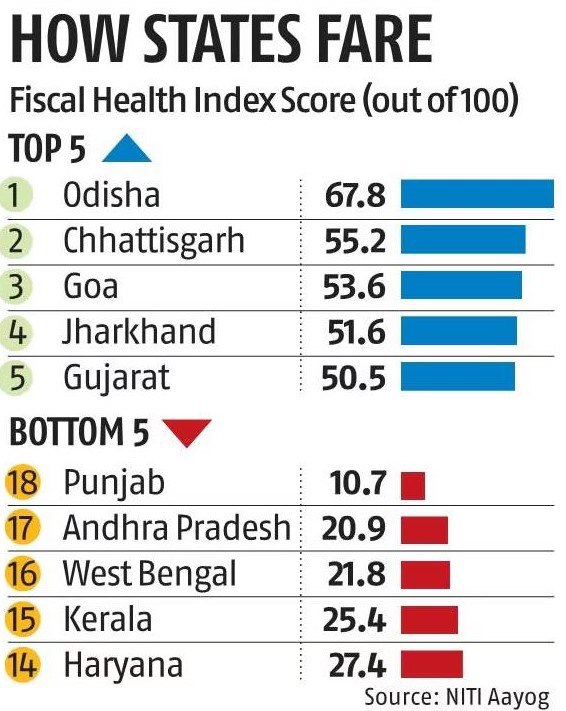7667766266
enquiry@shankarias.in
The Fiscal Health Index (FHI) was recently released by Niti aayog that provides a comprehensive assessment of the fiscal health of 18 major States.
